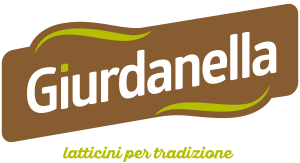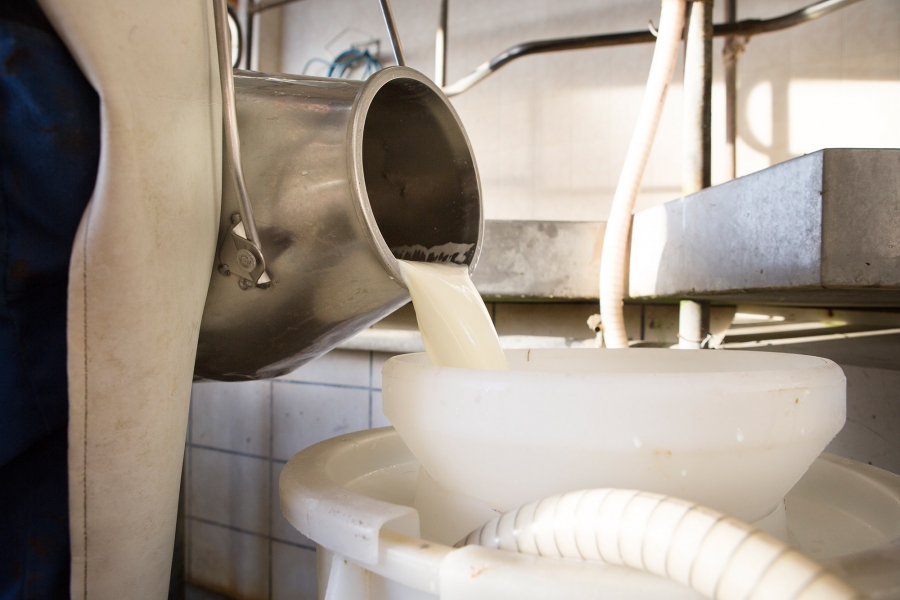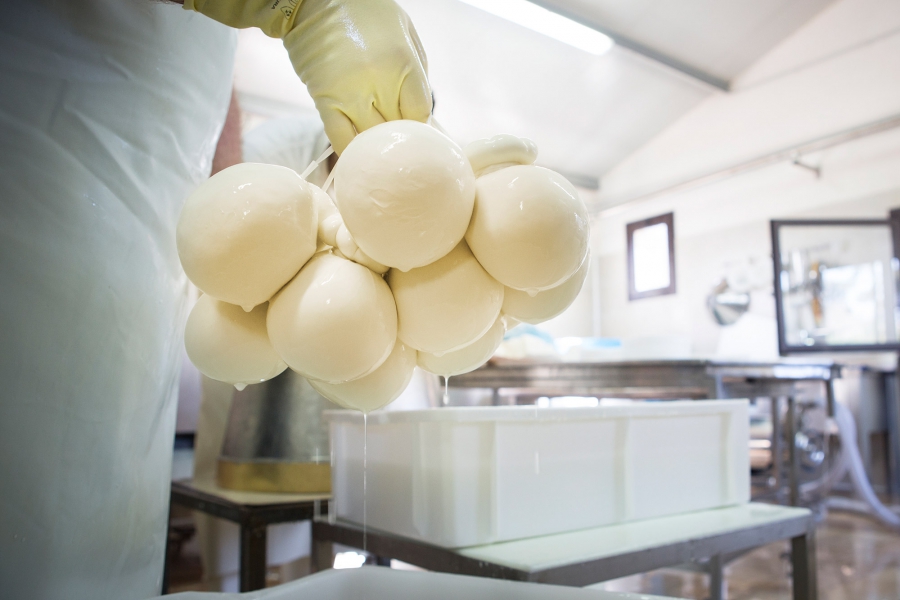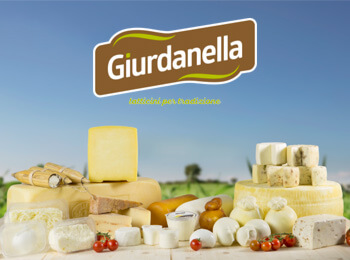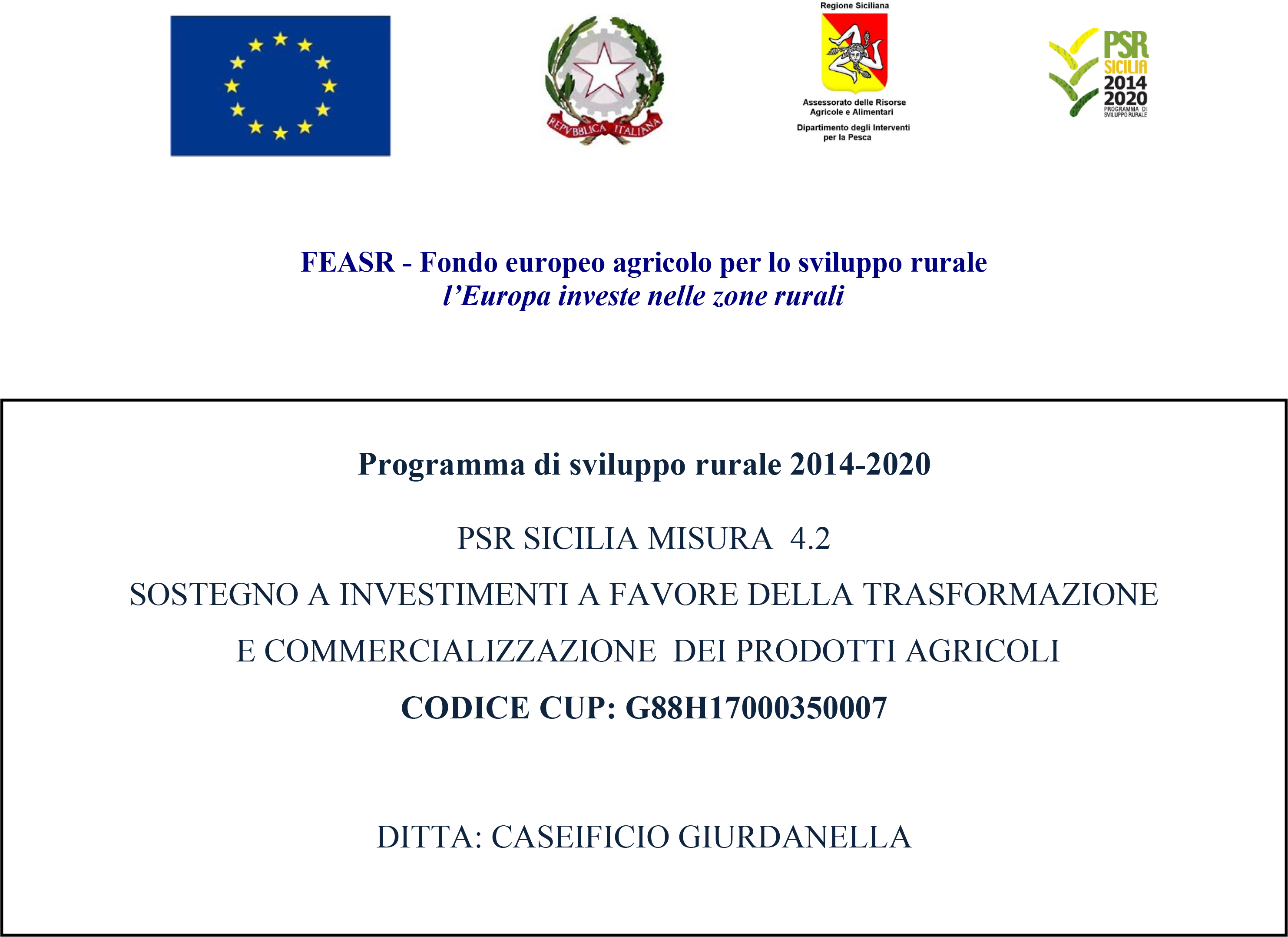Caciocavallo cheese
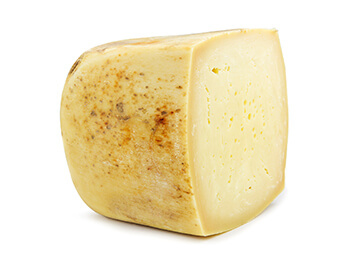 Milk is heated until it reaches a temperature of 37-39 degrees (100°F). Afterwards, it is placed inside wooden baskets since wood is known to hold acidity, and thus it facilitates natural fermentation. Once natural rennet (it comes from the stomachs of cows) has been added to milk, and after 1 hour of rest, the milk turns from whey (liquid) into curd (solid).
Milk is heated until it reaches a temperature of 37-39 degrees (100°F). Afterwards, it is placed inside wooden baskets since wood is known to hold acidity, and thus it facilitates natural fermentation. Once natural rennet (it comes from the stomachs of cows) has been added to milk, and after 1 hour of rest, the milk turns from whey (liquid) into curd (solid).
After hot water is added, the first phase of the cheese cooking process begins. Once the cheese is cooked, the milk serum is removed and the curd is cut into small slices. After the serum is added again, the second phase of the cheese cooking process begins and this lasts for at least one hour. When fermentation is terminated, the curd is again cut into small slices. Next, hot water is added and the process is continued by hand. The shapes obtained are placed inside the ‘mastredde’ - a traditional rectangular wood container. The cheeses are turned until they are completely cooled. Once they are ready, they are placed in brine (salt water solution) for between 10 and 30 days.
After the caciocavallo cheese is placed in fermentation rooms and checked periodically. Depending on the desired maturation level, the caciocavallo cheese maturation period lasts from 4 months to 1 year.
Caciotte, cacetto and provolone cheese
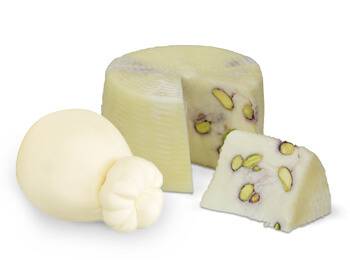 The process of cheese making is the same as for caciocavallo cheese. The curd is immersed in hot water for 1 hour. Once the cooking process is terminated, it is drained. Afterwards, the curd is cut into small slices and hot water is added. The curd is then worked by hand to form the desired shapes.
The process of cheese making is the same as for caciocavallo cheese. The curd is immersed in hot water for 1 hour. Once the cooking process is terminated, it is drained. Afterwards, the curd is cut into small slices and hot water is added. The curd is then worked by hand to form the desired shapes.
Caciotte, cacetto and provolone cheese are placed in brine and fermented for a period equal to their weight.
- Caciotte: classic flavor or pistachio, nut or ciliegino flavors.
- Cacetto: Classic flavor or herb flavor (red or black pepper, saffron or rocket flavor).
- Provole: sweet or smoked flavor.
Canestrato cheese
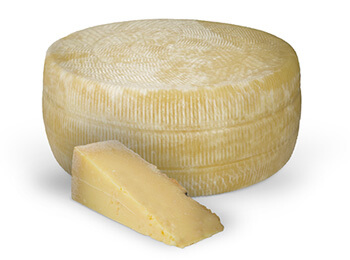 The cheese making process is the same as for caciocavallo cheese up until the first phase of cheese cooking is terminated. Once the curd is ready, it is placed in baskets or pressed boxes in order to facilitate the discharge of milk serum. After the curd is immersed in very hot serum for at least 2 hours, and after it is turned until is cooled completely. Finally, the canestrato cheese is massaged with fine salt and placed in fermentation rooms until the desired age is reached. Depending on the variety, cheese can be aged from between 4 months and 1 year.
The cheese making process is the same as for caciocavallo cheese up until the first phase of cheese cooking is terminated. Once the curd is ready, it is placed in baskets or pressed boxes in order to facilitate the discharge of milk serum. After the curd is immersed in very hot serum for at least 2 hours, and after it is turned until is cooled completely. Finally, the canestrato cheese is massaged with fine salt and placed in fermentation rooms until the desired age is reached. Depending on the variety, cheese can be aged from between 4 months and 1 year.
Ricotta cheese
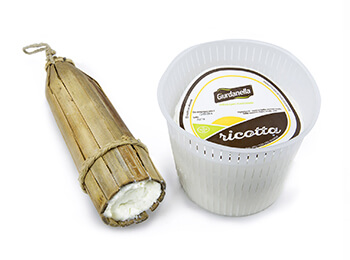 The milk and the milk serum - obtained from the first phase of the cheese cooking process - are left to cook until they reach a temperature of 85 degrees. Once the proteins of the serum rise to the surface to create a soft and white layer, the ricotta cheese is ready. It is placed inside the ‘fuscelle’ (a small pierced plastic container), and it is left to cool.
The milk and the milk serum - obtained from the first phase of the cheese cooking process - are left to cook until they reach a temperature of 85 degrees. Once the proteins of the serum rise to the surface to create a soft and white layer, the ricotta cheese is ready. It is placed inside the ‘fuscelle’ (a small pierced plastic container), and it is left to cool.
Mozzarella
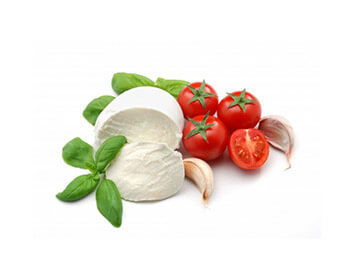 To start the mozzarella making process, a thermic type treatment is required. The milk has to reach a temperature of 75 degrees in order to eliminate all the noxious bacteria. It is then cooled to between 35 and 37 degrees.
To start the mozzarella making process, a thermic type treatment is required. The milk has to reach a temperature of 75 degrees in order to eliminate all the noxious bacteria. It is then cooled to between 35 and 37 degrees.
Lactobacillus are added in order to create an acid environment. After a further 45 minutes the natural rennet is added. Some 40 minutes later, the milk turns from whey (liquid) to curd (solid) and the serum is removed. The curd is left to rest for a couple of hours, allowing the Lactobacillus to active. Afterwards, the curd is cut into small slices and immersed in hot water at 90 degrees before salt is added. The process is made by hand to achieve the desired shape before the product is cooled and packed.
